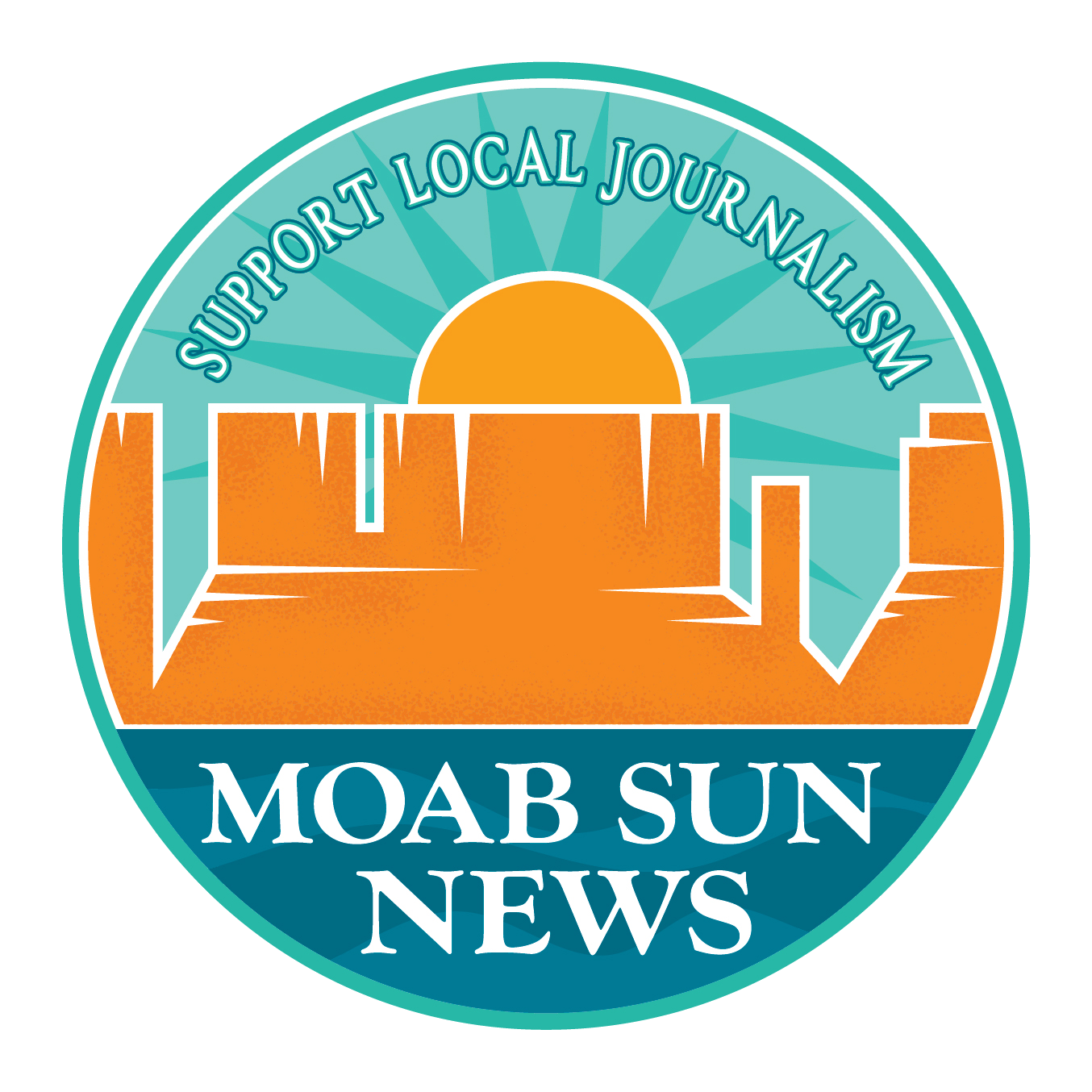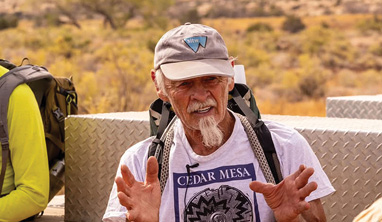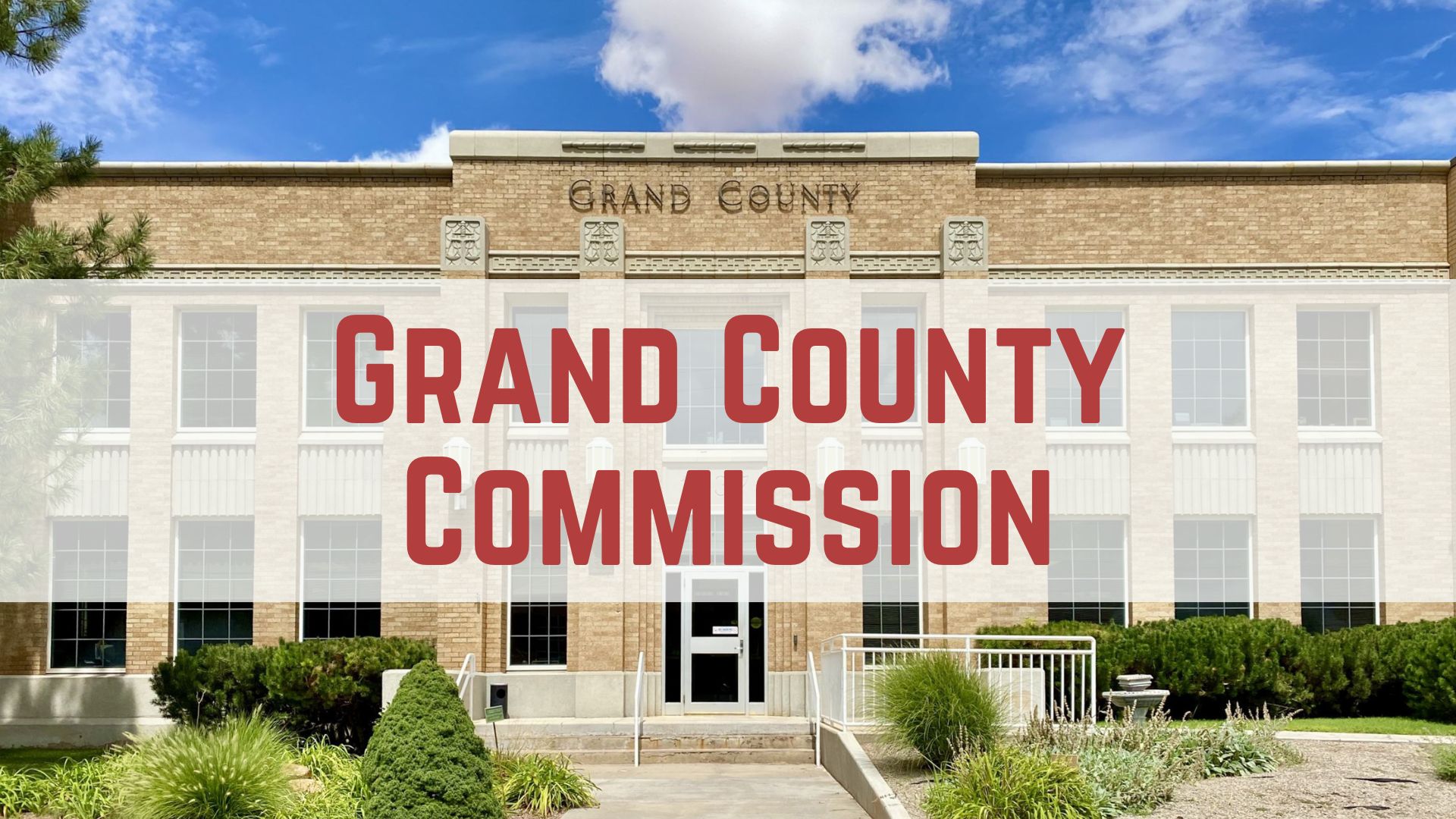This week, the Moab Area Housing Task Force launched the Moab Area Housing Data Dashboard. The interactive online tool gives people easy access to local housing data and the task force’s recommendations.

“We realized a big chunk of data just wasn’t being captured,” said Laura Harris, member of the task force and affordable housing development manager at the Moab Area Community Land Trust. According to the group, U.S. Census data doesn’t really reflect the nuances of Moab’s unique housing landscape, including people living in vehicles and employer-housing living arrangements.
“We needed a tool that could fill those gaps and better represent what people are actually experiencing here in Moab,” Harris said.
The housing task force designed and ran a survey for six weeks over the summer of 2024, asking participants 22 questions that centered around four key areas: affordability for renters and homeowners, quality of life across housing types, housing burden — the percentage of income spent on rent or mortgage—and stability and security of rental housing.
They received around 500 responses that captured quantitative and qualitative data points from roughly 5% of Grand County’s population. Now that the data is featured on the dashboard with visuals that provide further insights into the survey results, residents can view and learn more about the overall housing quality, stability, and affordability.
Those insights include the following key learnings to come out of the survey, and uniquely reflect the rental experience in Moab:
- 30% of renters reported having either verbal lease agreements or no lease at all, leaving them vulnerable to sudden changes or evictions.
- 24% of renters with leases were on month-to-month agreements, offering little long-term security.
- 25% of respondents reported having to move two or more times per year, highlighting a high level of instability in Moab’s rental market.
“The dashboard has a twofold purpose,” Harris said.
First, to increase public awareness of the local housing crisis and how it impacts everyday lives. Second, it serves to offer regional organizations and government entities the data they need to design more effective programs and advocate for real change.
The findings are already informing local initiatives, helping the task force, and supporting efforts like a proposed “Good Landlord Program,” which would incentivize property owners to establish fair lease agreements and support tenant stability.
Harris says that by creating a centralized hub of housing information, they aim to build a feedback loop between the community, local government, and state-level partners.
“This dashboard won’t solve everything overnight,” Harris said, “but it’s a step toward accountability, awareness, and smarter decisions for the future of housing in Moab.”
The Moab Housing Data Dashboard can be viewed at moabhousing.com/data.
Appreciate the coverage? Help keep local news alive.
Chip in to support the Moab Sun News.




